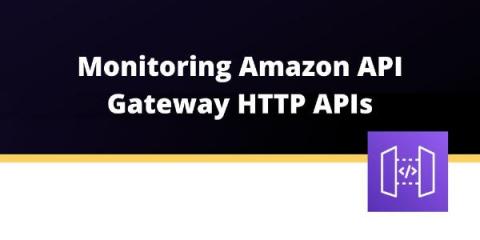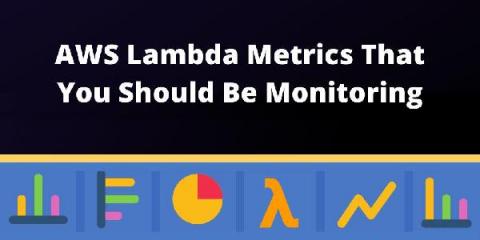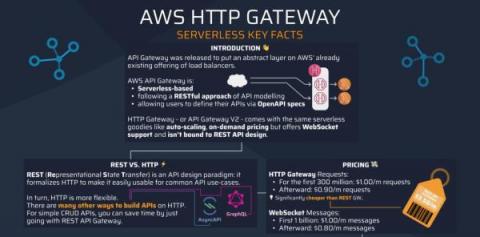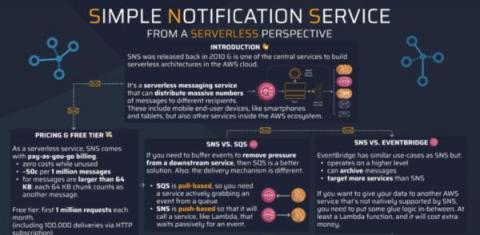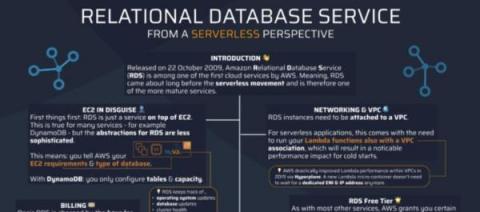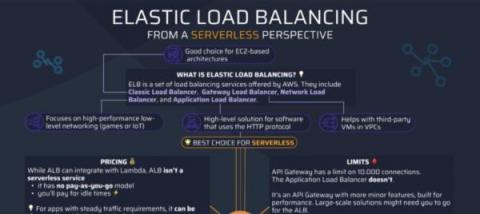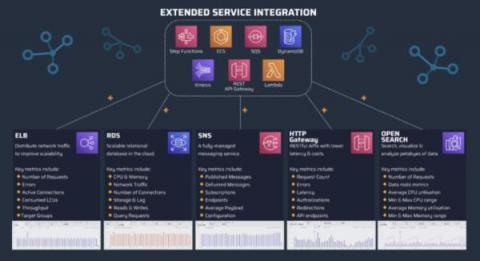Why and how to monitor Amazon API Gateway HTTP APIs
API gateways are part of every modern microservice architecture. As their name already suggests, they are the gateway into your system; everyone who wants to access your service has to go through a gateway. In 2019, AWS announced HTTP APIs for its API Gateway (APIG) service. This was a big step to add more flexibility and lower latency to APIG. Before this release, you could only build REST APIs with APIG, which only helped when you wanted to create an API based on the REST architecture.


